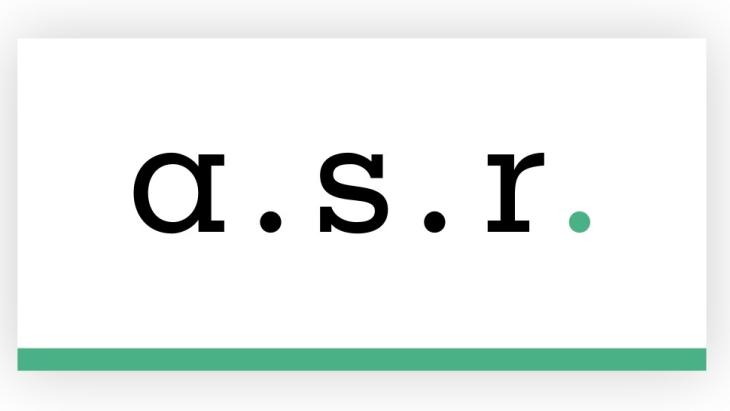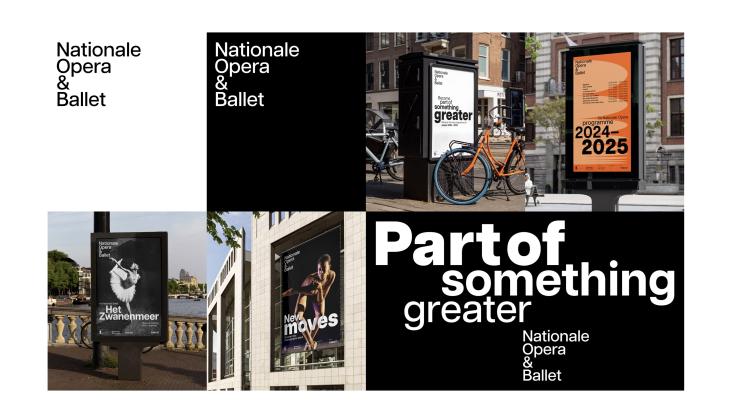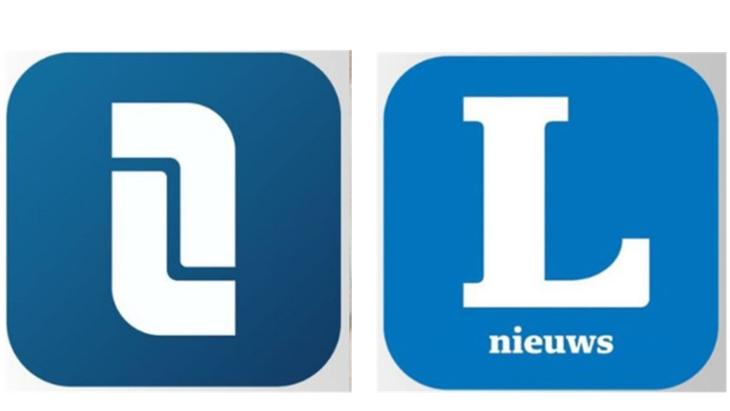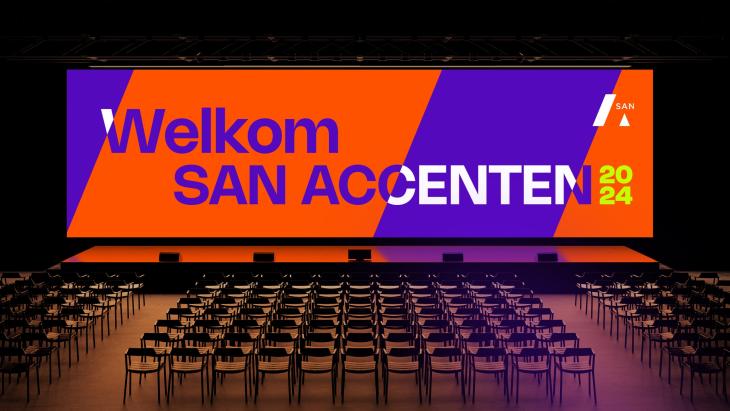Door: Wesley ter Haar
Maybe it conjures up the ubiquitous scene of city commuters, perpetually staring at the screens of their smartphones and tablets. Perhaps the term evokes images of other core changes in our relationships to technology, such as the Internet, on-demand TV and Tamagotchis (how can it be possible to feel such fondness for a handful of pixels?). And what about everything from the smartwatches of 2013 to those rad Casios with built-in calculators that made their mark in the ‘80s?
As digital marketers and advertisers, the word is likely to summon something more specific for you; yet nearly everything in production today exists as a string of 1s and 0s, at one stage or another. Even the foundations of the man-made physical world, its bricks and mortar, are quite literally ‘put in their place’ using CAD (computer-assisted design). If every industry now develops or delivers in digital, how do you define the difference between the offerings of 'digital producers’, such as MediaMonks, and their ‘non-digital’ counterparts?
Digital expands indiscriminately
It’s becoming more and more difficult to determine what digital means today, thanks to its endless and indiscriminate colonisation of media spaces. I’d like to think that I would have been unsurprised and wholeheartedly excited if, in 1999 (when we were delivering GIF and Flash animations from the basement of a hotel) you had told us that MediaMonks would need an entire in-house film department less than a decade later. Yet whilst it was inevitable that the Internet would eventually subsume film, few predicted how integral it would become to the new digital environment. Those who did (read: YouTube) saw themselves sucked into the House of Google – a modern-day litmus test for Internet importance.
While digital has been creating confusing and contradictory definitions for itself by annexing traditional media spaces, it has also expanded into unexplored territory. Since establishing a film department (and an audio department... and a games department... and a mobile department...), MediaMonks has also worked on: DOOH (digital-out-of-home) installations in places like London Victoria station and flagship footwear stores; wearable (shareable, programmable) technology in the form of a T-shirt with its own OS; proof of concept campaigns with the Xbox Kinect; while also tinkering with the developer’s kits for the VR headset Occulus Rift and Google Glass. In essence, ‘digital' has become an umbrella term for everything from the induction of old-school mediums into cyberspace, to the realisation of old-school cyberpunk fiction: from the microphones used to record radio, to the glasses we use to augment reality. Therefore, in all honesty – and I say this as an avid user of the word myself – ‘digital’ inadequately describes what the digital creative industry now offers.
Digital is dead. Long live dated buzzwords.
The buzzwords my zealous nineteen-year old self would have used in the late ‘90s are much more attuned to describing what actually defines the digital industry. Many moons, memory limits and web browsers ago, MediaMonks would wage war in the trenches of digital development under the banners of ‘interactive marketing’ and ‘multimedia.’ In fact, our company e-mail interface still boasts the (very noughties) tagline of ‘Interactive Art,’ just for the sake of some new media nostalgia – a paradox if there ever was one. But despite all the imagery that ‘interactive multimedia’ might throw up of point-and-click CD-ROMs with appallingly integrated audio / video and endless installation times, these two words are far more effective at differentiating the digital industry from its traditional big brother. What makes digital stand out is its ability to create engagement through interactivity, using an innovative and ever-changing multitude of mediums.
If we want to reclaim the word digital, we need to detach it from specific deliverables – even uncouple it from specific domains – and use it to describe what the industry has always been about: innovating the way we connect with people, and enriching the interactive promise of our work. In other words – yes, digital has achieved omnipresence, but it also allows for two-way communication. As the digital industry continues to expand (faster than any other marketing & advertising sector, according to Nielsen), there is a danger that the ‘right formula’ for blockbuster success causes our work to become formulaic. But big budgets should not become an excuse to tell the same old story in a new skin, they should be an opportunity to push the boundaries of how we tell stories entirely. If the former occurs, we risk resigning what made digital so exciting to the past – alongside calculator watches, CD-ROMs, and (thankfully) ‘90s dotcom buzzwords.
Wesley ter Haar is mede-oprichter en -eigenaar van MediaMonks







Plaats als eerste een reactie
Ook een reactie plaatsen? Word lid van Adformatie!